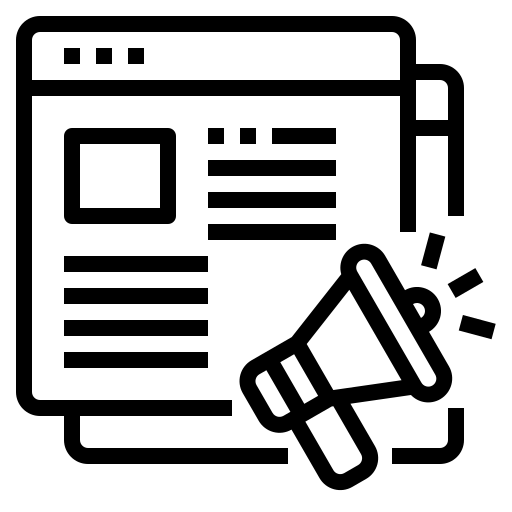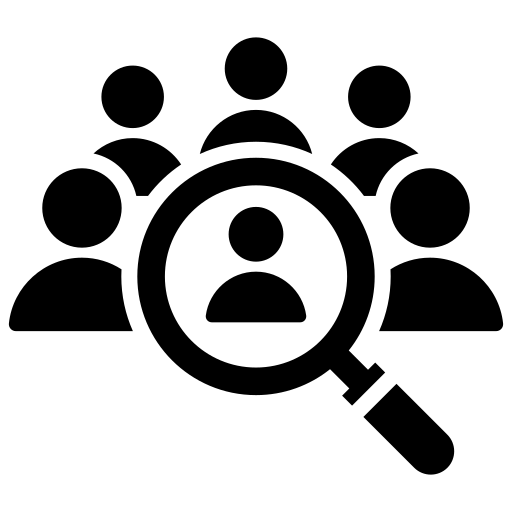Article contents
Visible Thinking in the Languages Classroom: Building Deeper Understanding and Student Engagement
Abstract
This document has been developed to support our statewide staff meeting on ‘Thinking for deeper understanding and engagement in the languages classroom’, presented in 2021. You can access the recording on our YouTube channel. The presentation was based on the work of Project Zero, an initiative from Harvard University that focuses on creating a culture of thinking in the classroom. This guide looks at some of the ideas and thinking tools from Project Zero, contextualised for the languages classroom. We’ll look at ways to make thinking visible, to value the thinking of all class members and how to advance the thinking of the group to deepen understanding. Let’s take a moment to visualise a ‘thinking’ languages classroom. What sorts of things would we see, which are evidence that students are thinking about what they are learning and how they are learning? It could be activities, resources, actions or interactions. Implementing a few of the ideas in this guide can quickly change the culture in your classroom, as routines for learning and thinking begin to replace routines regarding behaviour. You may find that classroom management issues decrease as students gain confidence in their learning and also become more independent and engaged learners. Their relationship with you, as their teacher, and with each other may also grow as a result. Student learning outcomes also improve as the class collectively moves from a fixed mindset to a growth mindset.
Article information
Journal
International Journal of Linguistics, Literature and Translation
Volume (Issue)
7 (10)
Pages
258-277
Published
Copyright
Open access

This work is licensed under a Creative Commons Attribution 4.0 International License.


 Aims & scope
Aims & scope Call for Papers
Call for Papers Article Processing Charges
Article Processing Charges Publications Ethics
Publications Ethics Google Scholar Citations
Google Scholar Citations Recruitment
Recruitment